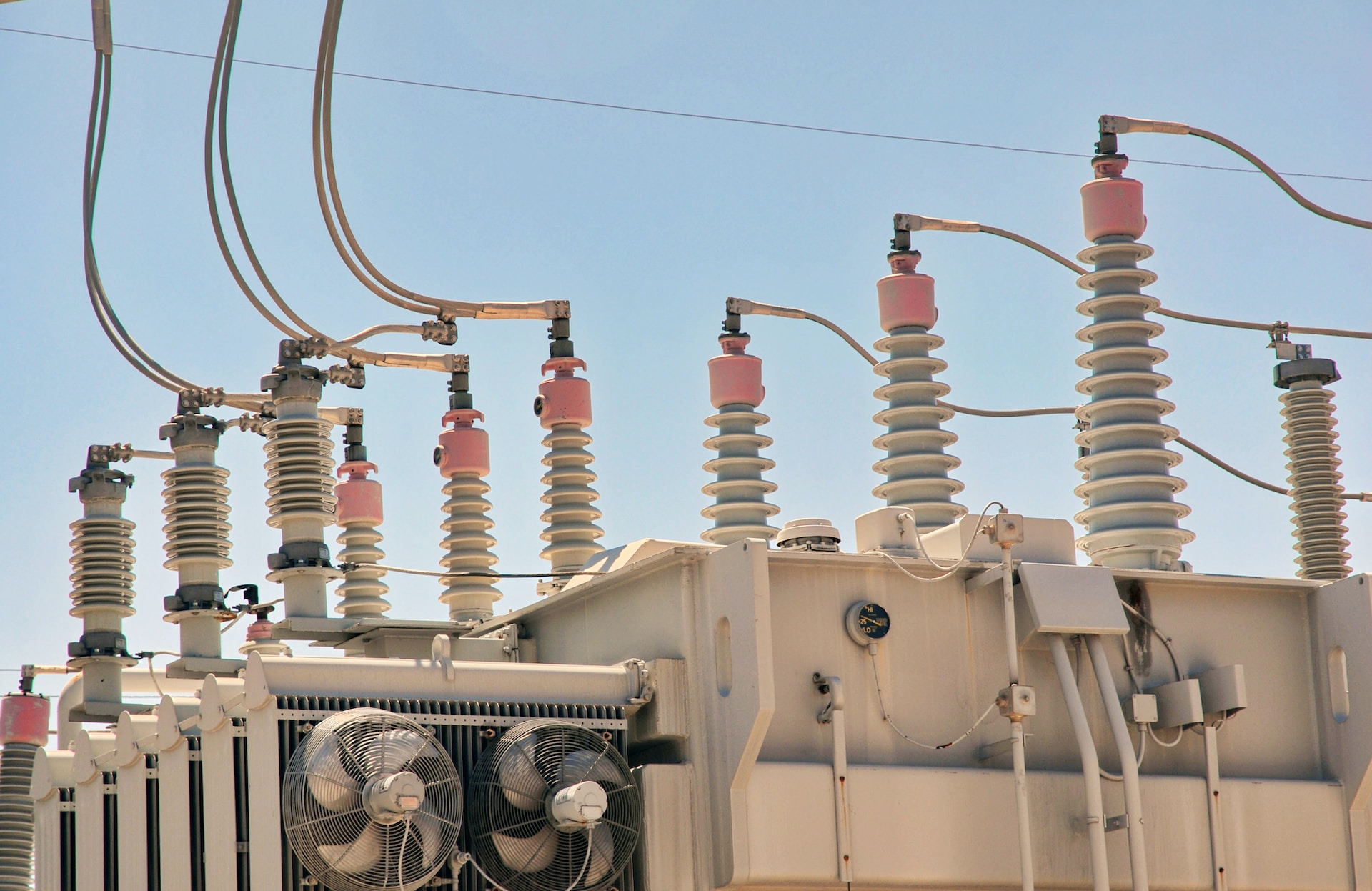
Safeguarding the Power Grid through Transformer Cybersecurity
May 19, 2023 - Emily Newton
Revolutionized is reader-supported. When you buy through links on our site, we may earn an affiliate commision. Learn more here.
As indispensable giants of the energy industry, it is easy to understand why malicious actors want to target large transformers with cyber attacks. These attacks can cause intensive and expensive damage, including blackouts. Power grid cybersecurity is no joke — around half of surveyed U.S. critical infrastructure suppliers reported a significant increase in recent attacks and sophistication of methods. No matter the size or cost of the attack, large transformer cybersecurity is absolutely crucial moving forward.
Why Are Transformers a Target for Cyber Attacks?
Just looking at the sheer size of a large transformer, people tend to recognize how powerful, complex and expensive they are to maintain. That is why many malicious actors and hackers have links to espionage and foreign networks that have the resources to take on such an attack. Due to the very nature of cybersecurity, it is not always easy to source the identity and motives behind these assaults.
A targeted attack on large transformers could send cities and possibly whole countries into blackouts. A nation-state-backed operation may aim for these far-reaching country-based shutdowns. Replacing parts or restoring power would be tedious, time-consuming and costly for energy firms.
However, not all attacks are created equal. Some power grid cyber attacks try to gain corporate emails or access to web servers. Either way, organizations should take these breaches seriously and cybersecurity task forces should address them immediately.
What Happens During an Attack?
It is often not the transformer itself that is at risk, but the supportive components — such as sensors, monitors and other hardware products. For software attacks, malware that downloads undetected or as a legitimate source collects corporate emails or gains access to web servers.
Furthermore, a potential hardware-based attack could look like a simple malfunction. There is no way to know how many transformer errors were actually based on cyber attacks. A counterfeit product that resulted in considerable damage to a transformer would ultimately place the supplier at fault and in danger of legal action. For a supplier to intentionally install malware or defects into transformer components would mean a high risk of financial losses.
Even so, it is best for energy firms to seek out reliable and trustworthy parts, sensors and components to avoid potential malfunctions or cyber attacks. Some high-quality transformers may also save money as you lower maintenance and energy costs and experience higher efficiency.
If devices are tampered with, hackers may:
- Signal a false alarm for maintenance
- Manipulate temperature gauges and fans
- Alter tap changers that control voltage
- Cause the transformer to overheat
- Collect internal firm information
- Turn off circuit breakers
- Implement blackouts
While a hacker with malicious intent can cause any number of events, it’s important to understand how often these events actually occur. Is there a clear and present danger of blackouts and power loss on the horizon?
Exploring Breach Severity Levels
There are three levels of power grid security threats, and understanding the actors involved and their motives ensures that energy firms can properly protect themselves.
1. IT Breach
Not all attacks are as extreme as losing the flow of power to cities and communities. The first level of attack is a breach, which typically uses phishing emails to collect email accounts, web servers or browsers.
In these cases, there is no possibility for a hacker to cause any physical disruptions in transformer operations, electricity generation or transmission of power.
Thorough employee training on spotting phishing attempts is the key to eliminating these breaches. While they may be smaller than other cyberattacks, IT breaches must be taken seriously to protect company data and employee information.
2. Operational Access
In this next phase, a firm’s IT and operational technology (OT) systems are compromised. Gaining operational access means the hackers’ access has extended beyond the typical computer systems and into specialized control systems that control equipment and infrastructure.
Many OT systems are physically disconnected from IT networks in a technique called “air-gapping,” but sometimes that gap might not be as impenetrable as it needs to be.
However, it is also rare and extremely difficult for a malicious attacker to gain access to this system, partly because OT systems tend to be customized and distinct from typical computer systems. Hackers can train for custom OT set-ups, but it would be a time-consuming and inscrutable field to uncover.
3. Coordinated Attacks
Coordinated attacks involve hackers gaining access to switches and grid control, but it is not as easy as flipping a switch. The backbreaking work necessary to even reach that switch is only 20% of the job. Manipulating a circuit breaker does not even guarantee that a blackout will ensue, either. Transformer automatic safety systems often stop that process in its tracks.
These attacks require months or years of preparation and extensive resources. It is also unlikely that this detailed operation could occur without foreign funding.
In 2015, Ukraine suffered from a power grid attack and a widespread power outage. The hackers operated circuit breakers at three facilities with remote access to the IT and OT systems. This is a worrisome event, but the hackers’ efforts required months of coordination and dozens of actors. Even with this intensive effort, the blackout only lasted six hours.
Along with practicing proper cybersecurity measures, there must be a mass modernization of the power grid and firm infrastructure to mitigate cyber threats. Implementing modern security systems aided by AI can identify and eliminate attacks in an instant.
Strengthening Power Grid Cybersecurity
Clearly, the risk of hacking and malicious attacks is present for energy firms and large transformers. While not every attempt is as critical as massive blackouts, even the smallest breaches compromise the safety and integrity of operations, employees and power flow for people everywhere.
To reinforce power grid cybersecurity far into the future, firms must stay vigilant, complete extensive and frequent security audits and select reliable and energy-efficient transformer components.
Revolutionized is reader-supported. When you buy through links on our site, we may earn an affiliate commision. Learn more here.
Author
Emily Newton
Emily Newton is a technology and industrial journalist and the Editor in Chief of Revolutionized. She manages the sites publishing schedule, SEO optimization and content strategy. Emily enjoys writing and researching articles about how technology is changing every industry. When she isn't working, Emily enjoys playing video games or curling up with a good book.




